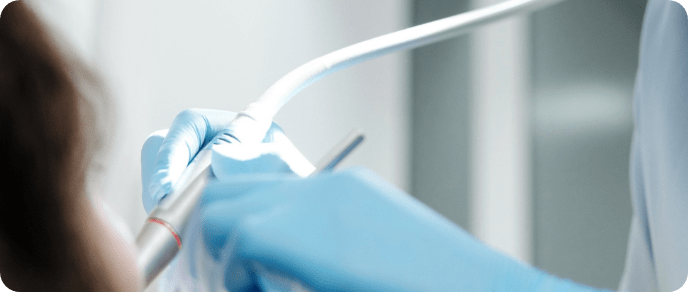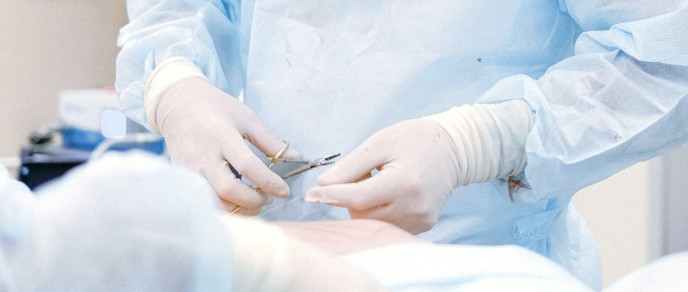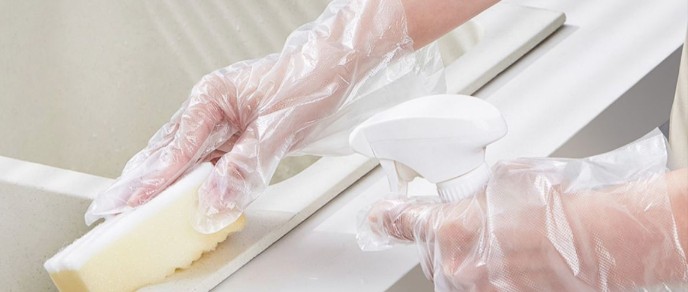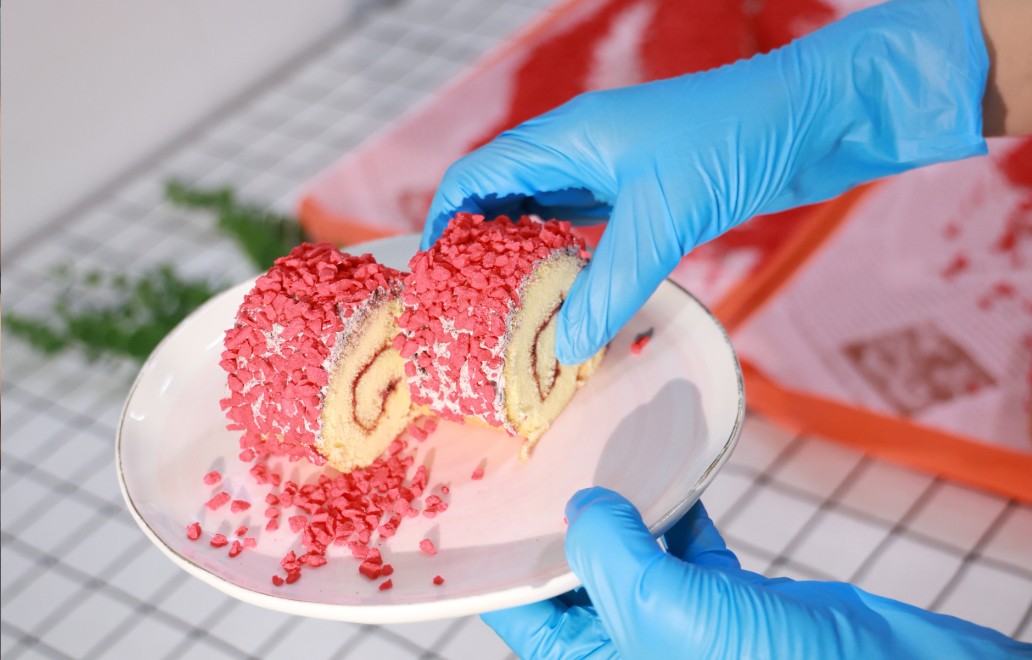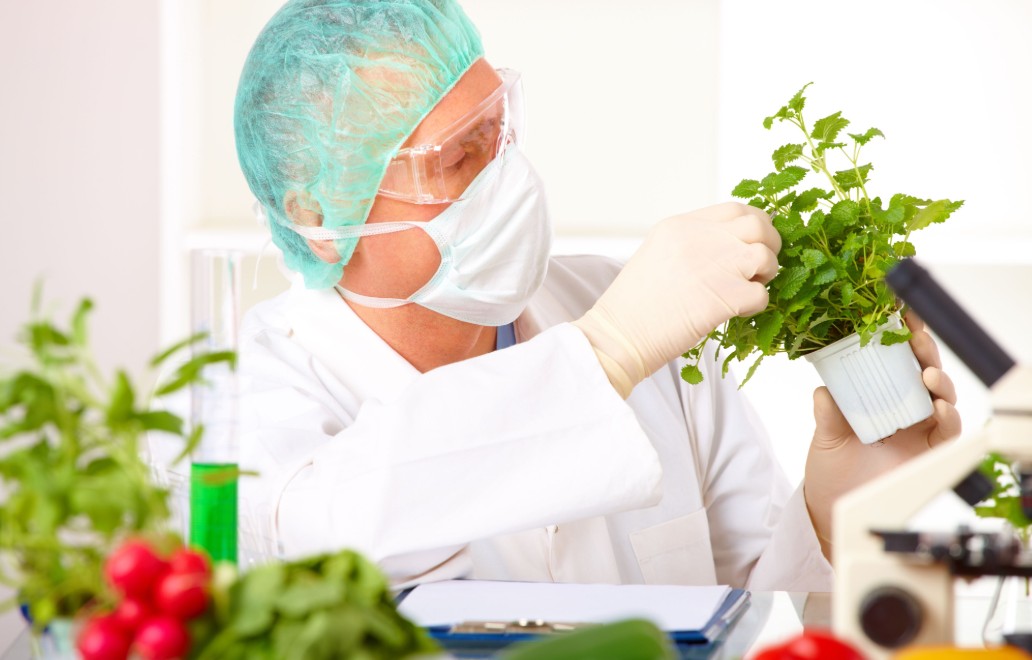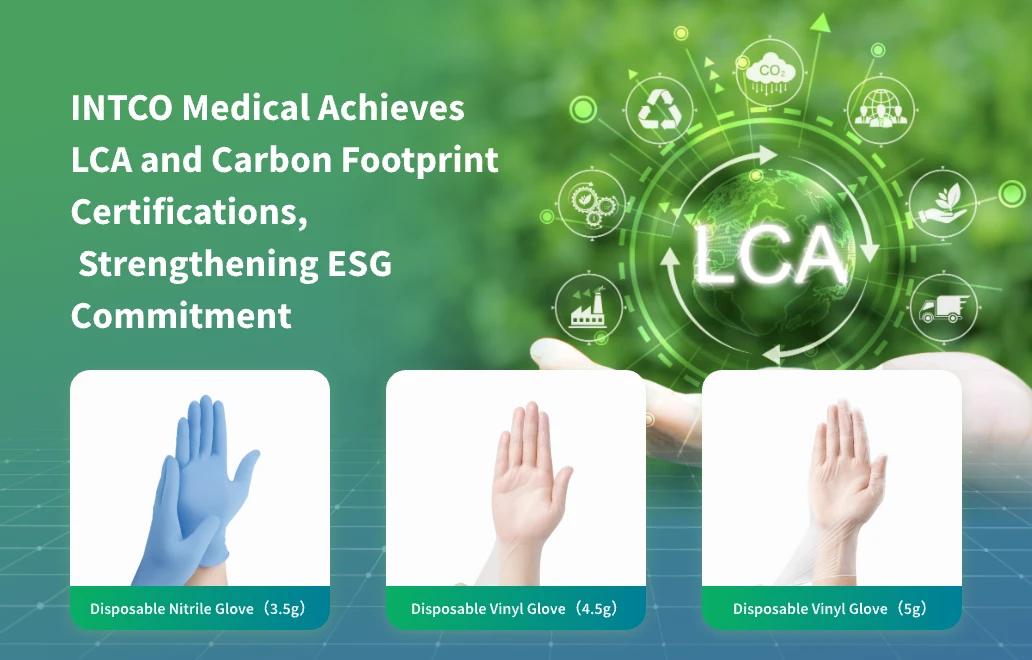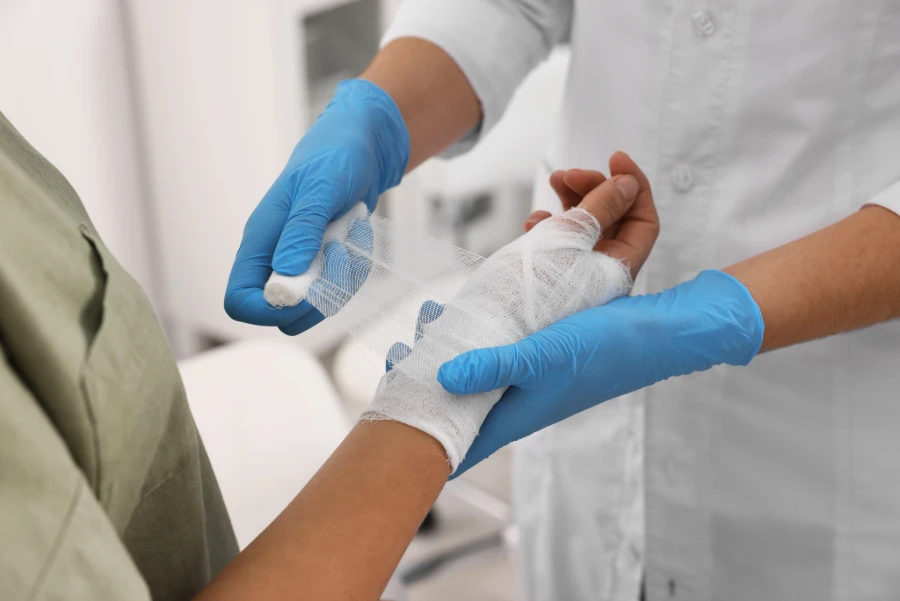Glove products
The Shift Away from Latex: Why Non-Latex Disposable Gloves Are Dominating Food Safety Standards
The Allergy Crisis Accelerating Change
Latex allergies now affect 8-12% of healthcare workers (CDC Data) and 1-6% of the general population, with reactions escalating from contact dermatitis to life-threatening anaphylaxis. Johns Hopkins Medicine reported a 217% increase in latex-related ER visits between 2015-2022, prompting over 60% of U.S. hospitals to implement latex-free policies. This isn’t mere preference—it’s a biological imperative. When exposed to Hevea brasiliensis proteins, sensitised individuals produce IgE antibodies that trigger histamine storms. Unlike Non-Latex Disposable Gloves, latex cannot eliminate this antigenic risk through processing.

Environmental Myths vs. Reality
While marketed as “natural rubber,” latex gloves carry significant ecological burdens:
• Chemical Load: Thiurams (neurotoxins) and carbamates (carcinogens) remain in finished products (EPA Study)
• Deforestation: 7.4 million acres of rainforest cleared annually for plantations (WWF Report)
• Biodegradation Failure: Landfill tests show <15% decomposition after 5 years (Waste Management Journal)
Performance Limitations in Critical Applications
Healthcare Failures
| Parameter | Latex | Nitrile | Improvement |
|---|---|---|---|
| Viral Penetration | 18.9% (HIV) | 0.5% | 3,680% |
| Chemical Resistance | Fails after 2m | 8-12m exposure | 600% |
| Puncture Force | 4.2N | 9.1N | 117% |
(Source: ASTM F1671/F2878)
Food Industry Vulnerabilities
In food processing, latex’s limitations prove dangerous:
• Protein Migration: Latex allergens contaminate ready-to-eat foods (FDA Alert)
• Oil Degradation: Cooking fats degrade gloves in <15 minutes
• Poor Visibility: Blood/residue detection compromised
This explains why 78% of meat processors now use black disposable gloves—specifically designed with pigment masking technology.
Regulatory Tipping Points
Global Legislation Timeline
| Year | Region | Action | Impact |
|---|---|---|---|
| 2021 | EU | REACH Annex XVII restricts thiurams | Banned 23 latex additives |
| 2022 | USA | FDA limits latex in food handling (21 CFR 177.2600) | 90% reduction in incidents |
| 2023 | Australia | Mandatory latex-free surgical policies | Nationwide hospital adoption |
Certification Shifts
• ISO 13485:2021: Requires allergen-free alternatives
• HACCP: Mandates colour-coded systems impossible with latex
The Superiority of Modern Alternatives
Nitrile’s Triple Advantage
• Allergy-Safe: Zero detectable proteins (ISO 10993 Certification)
• Performance: 3x longer wear time, enhanced tactile sensitivity
• Sustainability: 30% reduced carbon footprint vs. latex
Emerging Technologies
• Plant-Based Nitrile: Using dandelion rubber (EU Horizon Project)
• Self-Healing Polymers: Microcapsule repair technology
• Antiviral Coatings: Copper-ion infused surfaces
Industry Transformation Case Studies
Healthcare: Mayo Clinic’s Transition
After implementing Non-Latex Disposable Gloves clinic-wide:
• 94% reduction in staff skin reactions
• $2.3M annual savings from reduced workers’ comp claims
• 12% faster procedure times
Food Service: McDonald’s Supply Chain Shift
Post-2021 FDA guidelines:
• Implemented colour-coded Non-Latex disposable gloves
• Achieved 100% latex-free global supply chain
• Reduced allergen complaints by 81%
Future-Proofing Protection Standards
As global demand for Non-Latex Disposable Gloves surges 19.2% annually (Grand View Research), innovation focuses on:
• Biodegradable Solutions: Compostable nitrile (12-month decomposition)
• Smart Gloves: Embedded sensors for contamination detection
• Circular Systems: Recycling into rehabilitation equipment components
INTCO Medical: Defining the Latex-Free Standard
As the planet’s largest latex-free disposable gloves manufacturer, INTCO Medical pioneers sustainable hand protection through ISO 13485-certified global production facilities. We engineer compliant barriers for food industry applications while advancing circular manufacturing. Discover how our vertically integrated approach redefines safety and sustainability at our corporate innovation hub.




